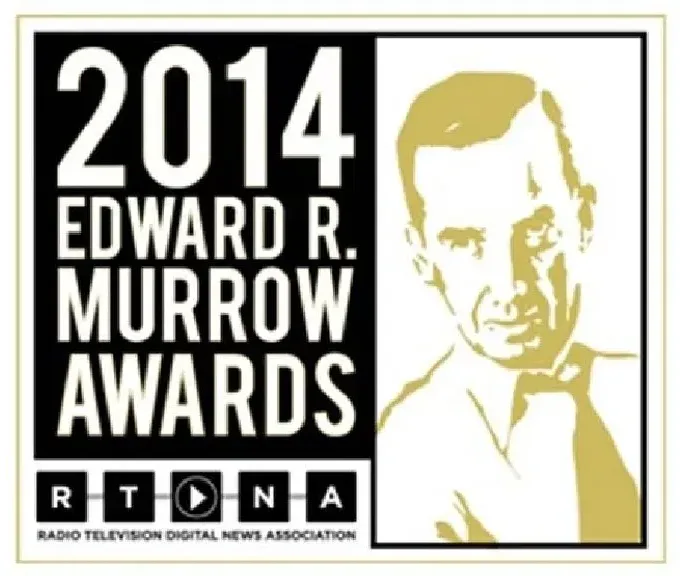One of Saturday Night Live’s most memorable sketches was the 2008 parody of Sarah Palin and Hillary Clinton, played by Tina Fey and Amy Poehler:
Hillary Clinton: But, Sarah, one thing we can agree on is that sexism can never be allowed to permeate an American election.
Sarah Palin: So, please, stop Photoshopping my head on sexy bikini pictures!
Hillary Clinton: And stop saying I have cankles!
Sarah Palin: Don’t refer to me as a MILF!
Fey and Poehler’s satire highlighted an important discrepancy in media coverage of the political race: sexism pervaded conversations around women candidates in both contending parties. Rather than concentrate on what each woman planned to do if elected into office, critics instead focused on appearances.
Eight years later, sexism is still an issue in coverage of the 2016 presidential race, but conversations around the issue have changed. Critics have begun to look into the language used in media coverage that harms female candidates and have found that the appearance, personality, and families of women are more widely discussed than are those of men who are running for the same position. Does this language, whether subtle or blatant, casually or pointedly discussed, discourage women from running for office because their bids are not taken as seriously?
Name it. Change it. is attempting to change this. The nonprofit, nonpartisan project has a mission to encourage women to strive for positions in leadership in politics. The organization believes an attack on one woman is an attack on all women; it works to erase sexism across every media platform to remove barriers to equality in elections.
“The ever-changing media landscape creates an unmonitored echo chamber, often allowing damaging comments to exist without accountability,” says the Name it. Change it. website.
Exhibit A:
“Can we not tell she’s a woman by looking at her? No, no, seriously. She can’t let five minutes go by last night without reminding everybody that she is a woman. And all of that is predicated on she’s a victim, and being a woman makes her an outsider. And I’ll tell you why she brings it up. She brings it up because that’s about her only accomplishment,” talk show host Rush Limbaugh said over the air on October 14th.
Underrepresentation of women covering political races may be a contributing factor for gendered coverage of female candidates.
Political Parity quotes one journalist who wrote: “With so few women in decision-making positions, there still is often no one to raise a red flag when egregious sexism appears in news stories.” While women are a majority of news anchors, “they are only about one-quarter of television news directors; on local radio stations, women are only about 10% of news directors.” (PRP emphasis.)
Even if newsrooms become a more equal playing field, critics are unsure if better representation will correlate with better coverage.
“I don’t know systematically that the sex of the reporter matters. I do know though that over time, as more and more and more women enter journalism, we’ve seen more attention to women in politics. We’ve seen more attention to treating them in a fair way and treating them like their male counterparts,” said American University professor Jennifer Lawless in an interview with thinkprogress.org.
Rachel Larris, communications manager for the Women’s Media Center, believes educating journalists and the public alike is key to combating the use of sexist language in media that can lead to gendered and biased reportage.
“When voters are made aware of the differences in coverage they respond positively that these messages shouldn’t be part of our election coverage. … People can call out media coverage,” Larris said in an interview with thinkprogress.org
- A Very New Pickathon in 2022 - August 13, 2022
- Pickathon returns to Pendarvis Farm! It’s not just the artists that’ll be new. - August 3, 2022
- July is BIPOC Mental Health Awareness Month (Black, Indigenous, Persons of Color) - July 14, 2022






Leave A Comment